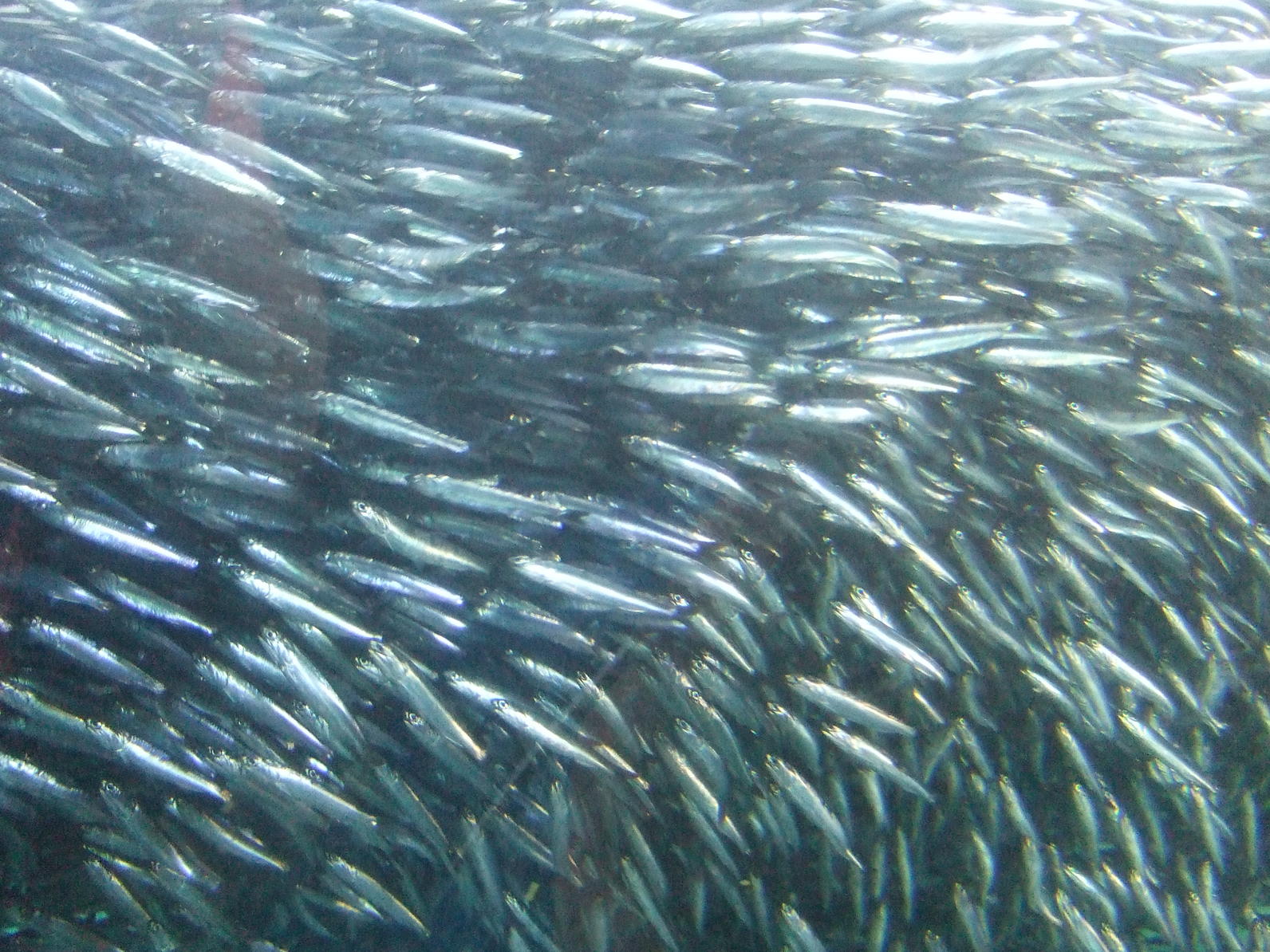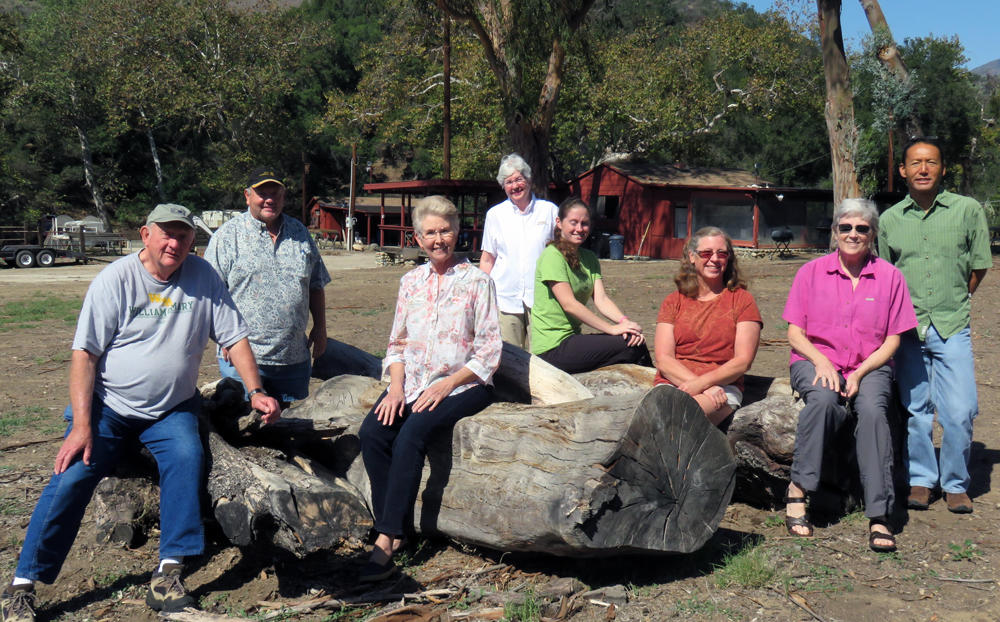Latest News and Updates from Audubon in California
California Condor. Photo: Scott Frier/USFWS
Least Sandpipers (calidris minutilla), utilizing newly formed channel in Sonoma Creek Marsh.
We learn all about marsh mounds from restoration manager Courtney Gutman.
Great opinion piece in the Contra Costa Times about the plight of the Tricolored Blackbird and the need to protect this species before it goes extinct.

Our friends at Pew Charitable Trusts today highlight on their blog a potential decline in the population of anchovy that could mean real problems for the many Pacific seabirds that rely on them to live:
"Over the past few months, onlookers have flocked to California’s Monterey Bay to watch humpback whales gorge on thick schools of anchovies. Dolphins, seabirds, and bigger fish also congregated in the bay to feed on the large concentration of anchovies clustering near shore. It seems to be the very picture of a healthy ocean, right? In fact, leading scientists from California’s Farallon Institute tell us it’s a mirage."
Researchers note say that the anchovy are bunching up along coast in response to climate change and low numbers, and that a recent upsurge in anochovy fishing is coming at exactly the wrong time. Brown Pelican, for instance, and it is quite likely that their recent difficulties breeding in the Channel Islands can be linked to the decline in anchovy.
We'll be tracking this issue closely, and will have more news as it develops.


Audubon Starr Ranch Sanctuary is fortunate to have a group of six bird banders who assist with winter and breeding season songbird banding, some since we started in 1999. In October, these dedicated and passionate volunteers met with Starr staff to discuss our banding station needs and offered to make or purchase equipment and supplies. Some are sewing bird bags used for holding birds for ageing, sexing, and banding before release. Others are purchasing supplies to renew banding infrastructure. And the owner of a Wild Birds Unlimited shop in Yorba Linda, Valerie Sinex, another bander, donated funds to buy new nets. These banders were trained during workshops held at Starr Ranch to do the technical observations that the Institute for Bird Populations requires to analyze trends in songbird populations to protect birds on migration and wintering sites as well as breeding areas. We thank Al and Janet Baumann, Barbara Bruce, Debbie Gley, Carol Paquette, and Tom Sheffield. Also pictured are 2015-16 ornithologist Alison Nevins and Dana Kamada, who was the ornithologist who started the MAPS breeding season banding station at Starr Ranch with Sandy in 1999.

Man-made climate change will likely increase the risk of extreme fire seasons in California over the coming decades, according to a new report from the National Oceanic and Atmospheric Administration. The report also indicated that 2014 offered up the highest risk for extreme fires of any year on record, According to the study, high risk means "more days with intense heat and little or no recent rain, creating the perfect conditions for a big blaze."
Our newsletter is fun way to get our latest stories and important conservation updates from across the state.
Help secure the future for birds at risk from climate change, habitat loss and other threats. Your support will power our science, education, advocacy and on-the-ground conservation efforts.
Join the thousands of Californians that support the proposed Chuckwalla National Monument.